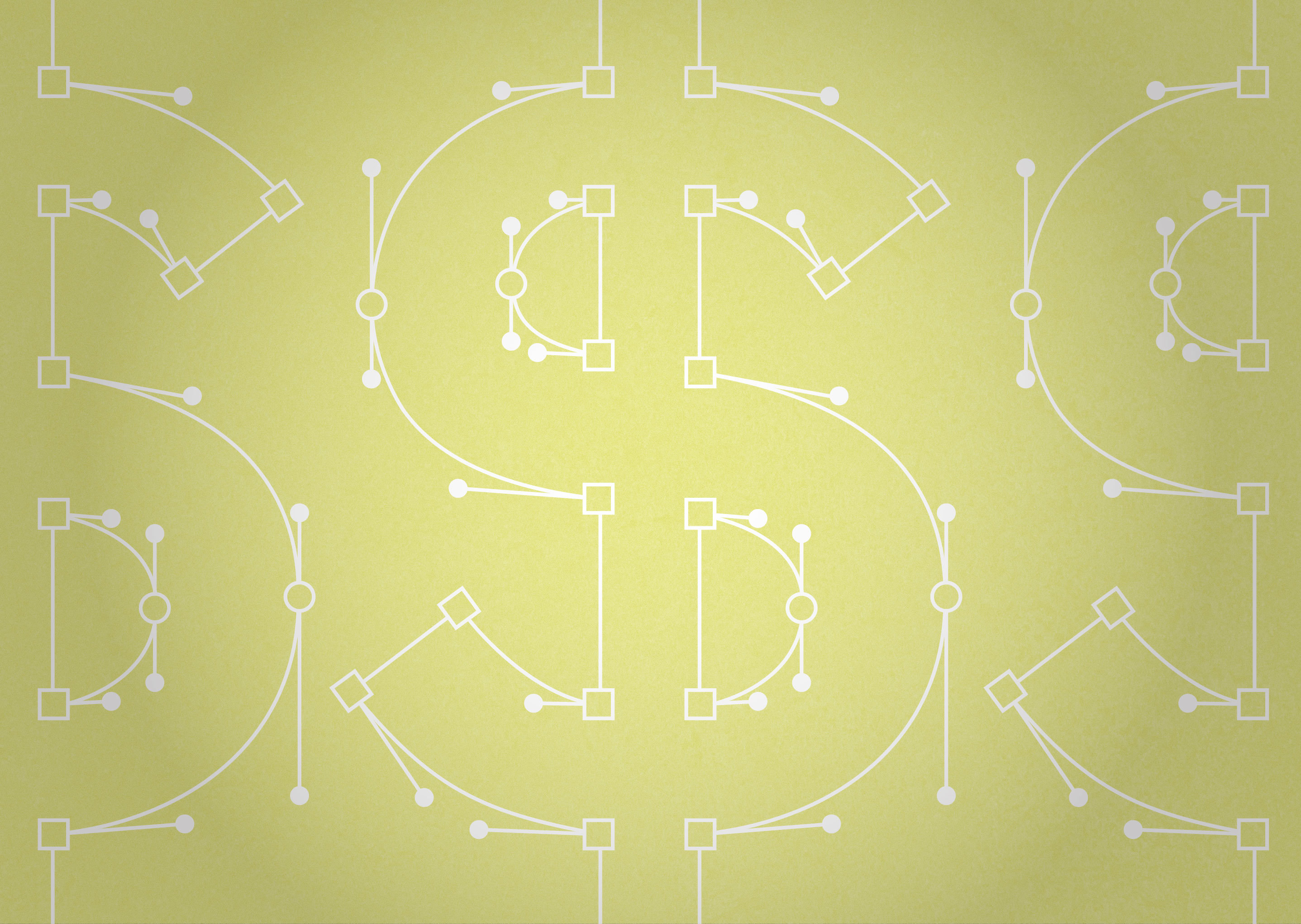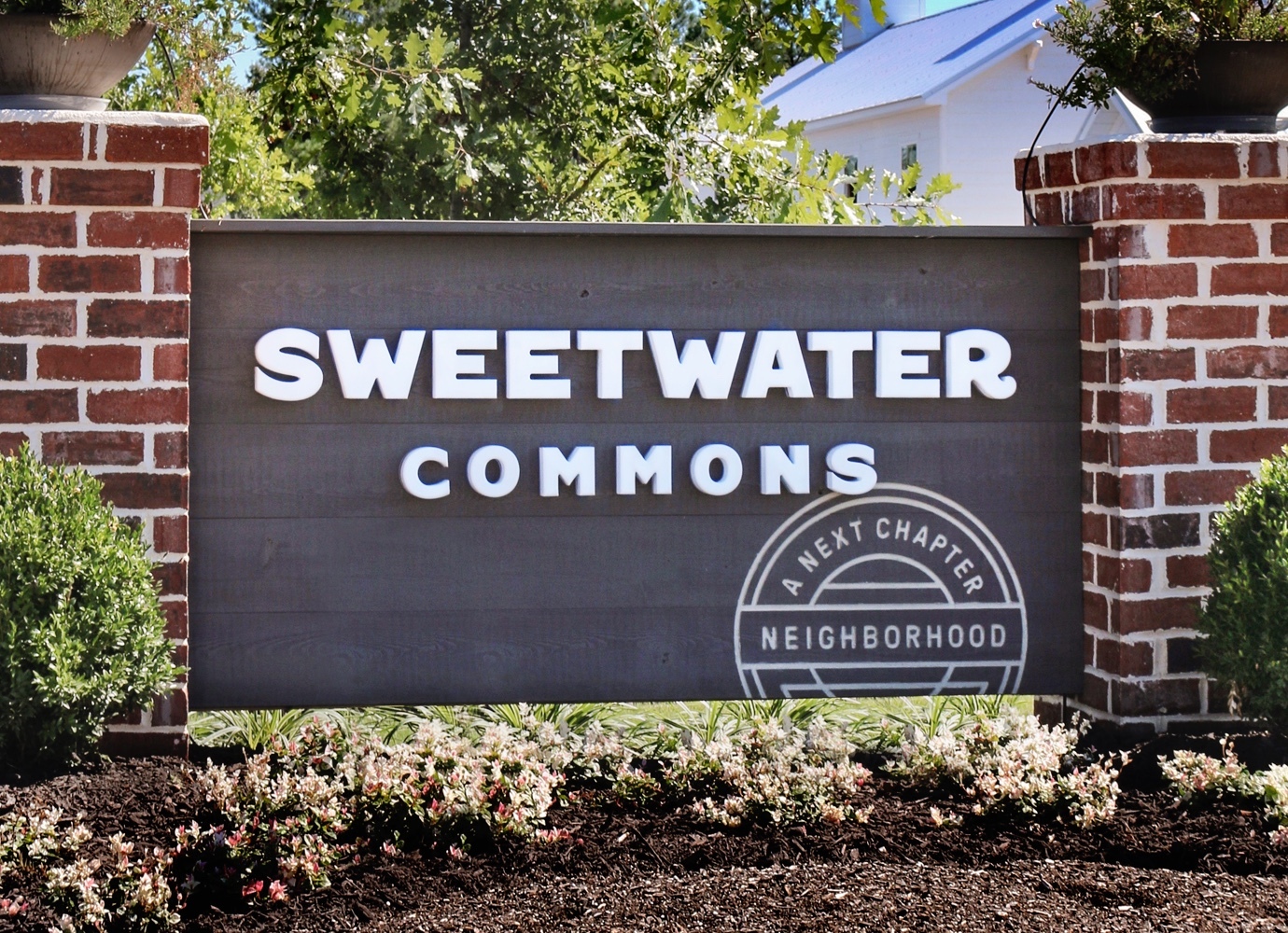4 questions to ask yourself before buying a font

There are almost unlimited options when it comes to selecting a font. In fact, spending too long on font selection was one of my favorite procrastination tools in high school.
- There is Google whose fonts are ubiquitous, free, and work on almost any platform.
- There is Adobe who offers many of its own fonts to those who hold an Adobe subscription.
- There are multiple default fonts that are included in Microsoft Office software and in applications like Mailchimp, Squarespace, and Canva.
- There are all of the free font websites that offer downloads of unique fonts at no cost.
- And then, there are fonts that can be purchased from foundries.
Font Foundries 101
For a more unique font that not only fits your brand but also enhances it, you may consider purchasing a font from an independent foundry. The world of foundries isn’t uniform: There are big foundries that hold many fonts and font families, and then there are smaller foundries which are essentially run by independent artists. A font from a foundry is likely to offer more variation when it comes to weights, italics, and other stylization, giving designers a lot more to work with.
A font purchased from a foundry will also be much more distinctive to your brand than a Google or Adobe font — helping you stand out from the competition. And, while a quick internet search shows that there are plenty of websites offering more unique fonts for free, these fonts aren’t subject to any sort of quality control. So, while you may be saving some money up front, you could end up wasting time and money, later struggling to make a difficult or limited font work across platforms.
To purchase, or not
But, purchasing a font from a foundry also has its drawbacks. Here are four things to consider when you’re trying to decide whether to purchase a font.
- What are the branding priorities?
- Who needs access?
- What are the organization’s core values?
- What is the budget?
Like Google itself, Google fonts are everywhere. And, their common use makes them, and the brands that use them, less distinctive. While not as ubiquitous as Google fonts, Adobe’s fonts are still unlikely to be unique to your brand. These fonts may still look good and you can certainly build a unique brand identity even with a more generic font — but they won’t be an “ownable” part of your brand or help you stand out from the competition.
With foundries, especially smaller ones, you’ll find a less picked-over selection. Many foundries will even work with you to customize your typeface to meet a particular need, allowing you to stand out from the field in a big way with a truly ownable font.
But how much does ownability matter? The answer depends on your business, your competition, and the sector you’re working in. We recently worked on branding for a client in the tech field where most companies adhere to the same, homogenous style. The client needed a brand and message that would position them at the forefront of the extremely crowded digital innovation landscape. For this client, a distinctive font family was a great way to infuse their brand with individuality to set them apart from their competitors, while bolstering the message that they’re on the cutting-edge of tech innovation. We also wanted to give their in-house marketing teams more distinctive tools to work with so that they could consistently represent their innovative culture. Licensing a distinctive family of fonts was an immediate way to give their internal marketing team something to differentiate their company.
An ownable font is also important when the typeface is the focal point of the branding. For example, our client Next Chapter Neighborhoods wanted to invoke very specific feelings of neighborliness, community, and The American Dream with the branding and signage for their innovative rental communities. To do that, they needed a font that wasn’t being used elsewhere in the market and that would very precisely fit their theme. Because the signage, and the font used, was the crux of their branding, purchasing a font was a necessary and worthwhile investment.

When choosing a font family, you’ll need to consider which design and marketing software your company uses because some font families aren’t accessible on all platforms.
Because Google dominates digital spaces, Google fonts are almost universally accessible and can be added as a plug-in for most programs, such as Canva and Mailchimp — so regardless of the platform or software you’re using, your whole team will have access to the font.
If you choose an Adobe font family, only members of your team with access to Adobe Suite will be able to access your font family, which could be an issue if you don’t want to purchase full Adobe subscriptions for all of your team members. Adobe fonts also may not work when using specific software or tools — Microsoft suite, MailChimp, Canva, and so on — so you’ll have to choose an alternative font when using these programs.
Similarly, using a customized or purchased font may mean that only some members of your team will have access and, like with Adobe fonts, you’ll need to choose an alternative font when working in certain programs or software.
Selecting a font can also be a reflection of your organization’s core values. For example, purchasing a font from a smaller foundry is a way to not only make your brand stand out, but to support an independent artist as well. Supporting a foundry — specifically a small foundry — can be a conscious choice to support a small business or independent artist.
Purchasing a font can also be an opportunity to put your money where your mouth is when it comes to statements about DEI. You may choose to support a woman-owned, BIPOC-owned, LGBTQ-owned, or local-owned foundry, such as Becoming More Vocal, Open Foundry, R-Typography, and Nova Type Foundry.
Of course, purchasing (or not purchasing) a font is just one way that your organization can embody its values. You may choose to spend your resources — monetary or otherwise — to advance your core values in a different way.
Like most things, deciding on a font is often impacted by budget. Font license fees usually scale according to how many machines the font will be installed on. For large organizations, purchasing a typeface family can cost tens of thousands of dollars. As a way around this, many companies license their corporate font just for the team who develops their marketing materials, and then specifies a default font for use in day-to-day office materials, like text and presentation documents. And there are some high-quality affordable foundries out there, including Psy/Ops, Atipo Foundry, and Velvetyne, if you do want everyone at the organization to have the brand font.
The Takeaway
Purchasing a font can add a lot to your brand, but it can also be logistically difficult and expensive. At the end of the day, strong branding comes from myriad assets and from using those assets consistently throughout your communications. Purchasing a font is not the end-all, be-all of branding. However, like with all branding, you should consider your competition and your ultimate goals when deciding if purchasing a font is a worthwhile investment because a unique, stylized font may be just what you need to stand out from the crowd.